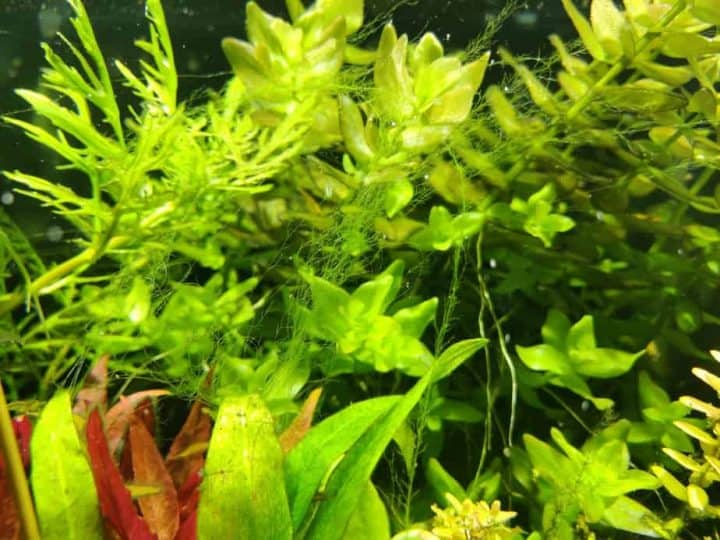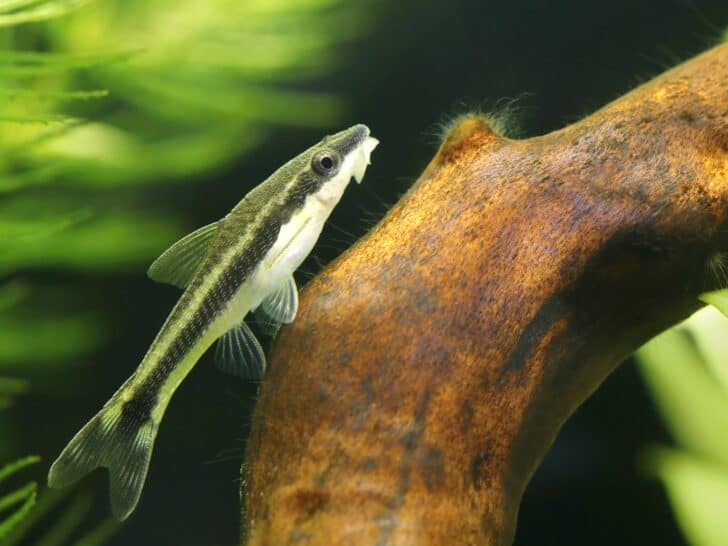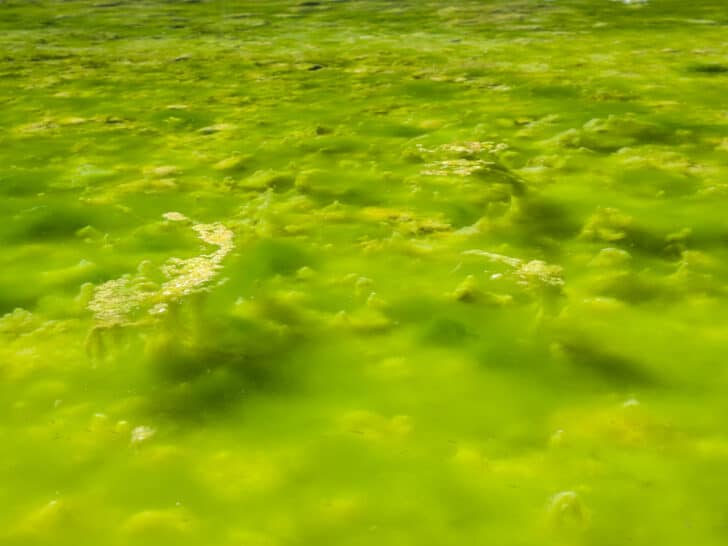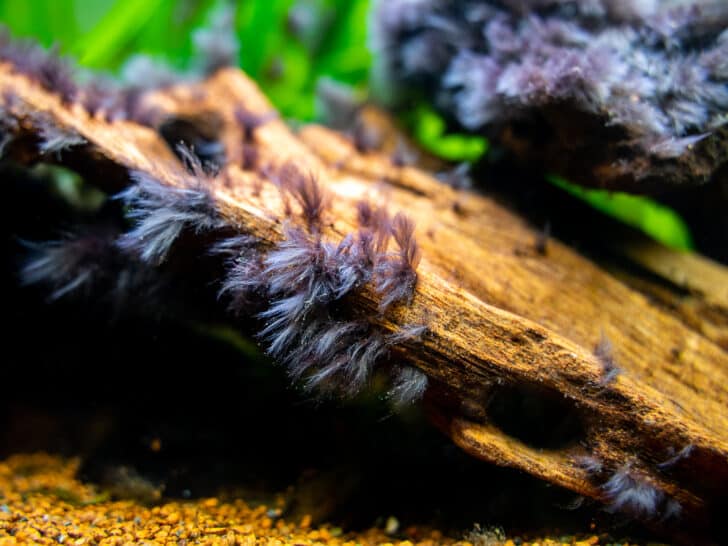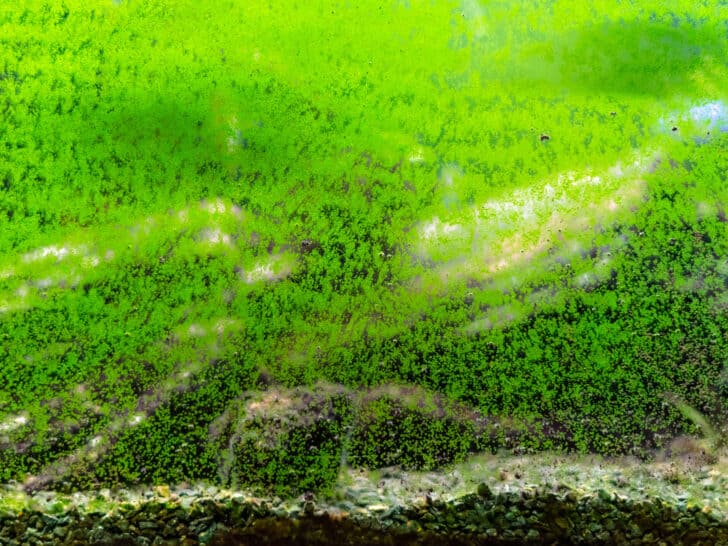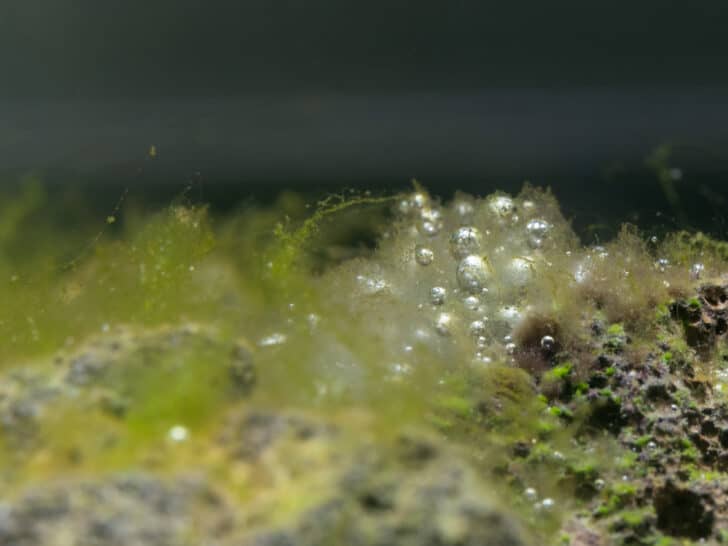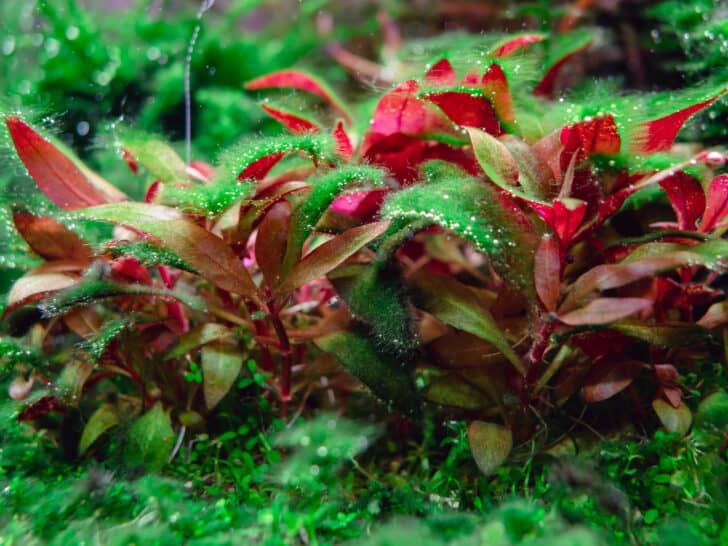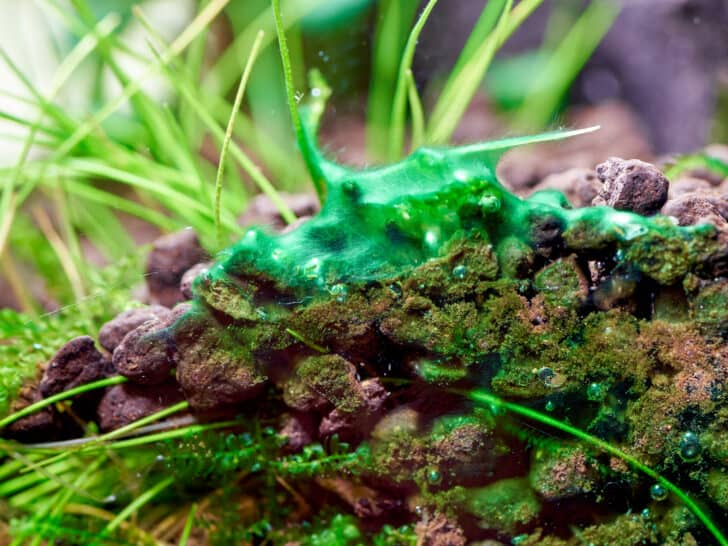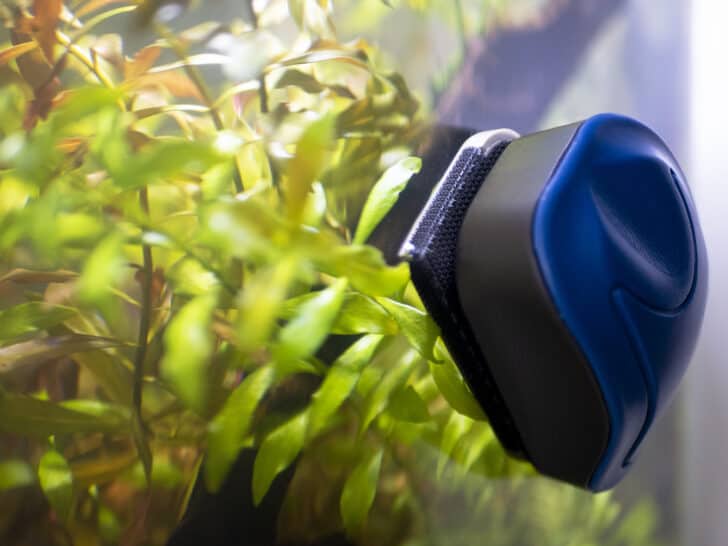If you don’t deal with hair algae quick enough, it takes over a fish tank. How to deal with hair algae in your aquarium is what I’m going to teach you today.
Quick Answer
Using high quality water, performing water changes, having a good filter, limiting nutrient input, manually removing it, adding more plants, improving CO2 levels, limiting light levels, using chemical treatments, using algae-eating fish, and more, can all help remove and prevent hair algae.
Keep reading to find out what you should do if you encounter green hair algae in your aquarium.
What Is Hair Algae?
Hair algae, otherwise known as green hair algae, is a very commonly occurring type of algae, a photosynthetic green algae. This simply means that it requires nutrients, carbon dioxide, and light, in order to grow properly.
Green hair algae, as the name implies, looks like very small, thin, green hairs, which can often be relatively long.
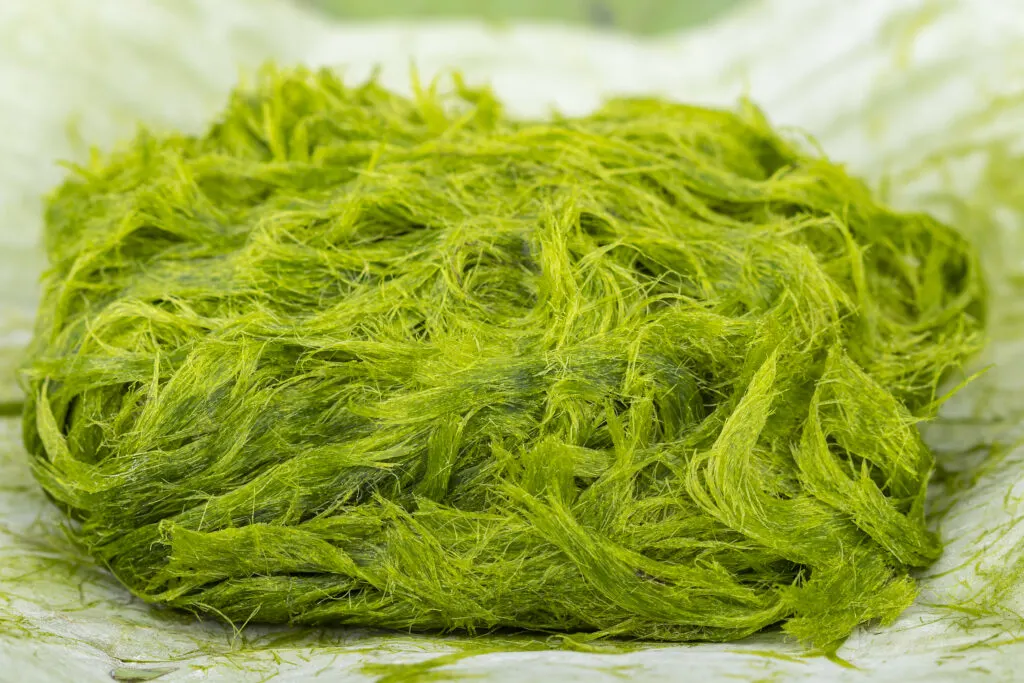
This green hair algae tends to attach itself to aquarium plants, decorations, hardscape features, aquarium glass, and even to the shells of snails.
Those long green hairs can often grow in big clumps. Technically speaking, green hair algae is not harmful to your fish in the sense of being toxic or poisonous.
However, the issue here is that green hair algae grows so quickly that it can cover up your plants and effectively suffocate them. It quickly takes over aquariums, and therefore it is crucial that you take care of the issue as quickly as possible, which means knowing what hair algae is caused by.
What Causes Green Hair Algae to Grow?
A common misconception is that not all aquariums contain green hair algae. The reality is that this type of algae is present in mostly all types of aquariums, although it usually doesn’t grow out of control. However, if provided with the right conditions, it can certainly multiply very quickly.
One of the main causes of green hair algae growth is a nutrient imbalance, or specifically, an excess of nutrients such as nitrogen, phosphate, ammonia, and other related nutrients. This excess of nutrients is often caused by decaying plant matter, fish waste, an overstocked fish tank, and uneaten fish food.
Furthermore, this type of algae also tends to grow very well when there is excessive light present. What is interesting to note is that if you don’t have enough CO2 in the tank, this can also cause hair algae to grow.
Even something as simple as not having enough live plants in your aquarium can also lead to your tank suffering from a green hair algae bloom.
Removing and Preventing Hair Algae
Now that we know what green hair algae is and why it grows in aquariums, we can work on getting rid of it.
1. Use Adequate Water
Some types of tap water may contain excessive levels of phosphates, nitrates, and silicates, all things which algae feed on. Therefore, you want to ensure that your tap water does not contain excessive nitrate levels, specifically not over 20 or 30 parts per million.
If you find that your tap water is not ideal for a fish tank for whatever reason, the best option is to use either distilled water or reverse osmosis water.
To put some minerals back in the water after using reverse osmosis or distilled water, you can then use a special treatment to add those essential elements into your aquarium.
2. Limit Nutrients in the Tank
One of the best things you can do to kill algae currently present in the tank, as well as to prevent algae from occurring in the future, is to limit the amount of nutrients present. Remember that algae such as hair algae likes to feed on ammonia, nitrate, phosphates, and more.
Well, these are all substances that are released by decaying plant matter, fish waste, uneaten fish food, and anything else organic that starts to break down.
Therefore, one of the simplest solutions here is to stop overfeeding your fish. The more you feed your fish, the more waste they create, and the more ammonia is released into the water.
On that note, if you give your fish way too much food, they won’t eat all of it in the first place, therefore leaving it floating around in the aquarium.
Another solution on this front is to make sure that your aquarium filter is working properly. The mechanical filtration aspect needs to be functioning in order to remove physical debris such as plant matter, uneaten fish food, and fish waste from the water. You then need to have adequate biological filtration to remove ammonia and nitrites from the water.
3. Cut Down on Sunlight
Hair algae thrives in excessive sunlight. First of all, a tank should never receive direct sunlight.
As for your aquarium lighting, the simple solution here is to reduce the amount of light you provide your fish tank with.
In most cases, around 8 or 10 hours of light per day is sufficient for both your fish and your plants. If you keep the lighting under 10 hours per day, it should help prevent new algae from blooming. Just like other plants, algae need light to survive, and without it, it will die.
4. Add CO2 Into the Water
As mentioned above, one of the leading causes of green hair algae growth in fish tanks is a lack of carbon dioxide.
Therefore, the solution here is to add more carbon dioxide into the water, which you can do with a simple carbon dioxide injection system. A carbon dioxide injection system should also be good for your plants, as they require carbon dioxide as well.
5. Put More Plants in the Tank
Seeing as a lot of algae growth is caused by an excess of nutrients in the water, a good solution is to add more plants into the tank.
For the most part, aquarium plants feed on the same nutrients and substances as algae.
The more plants you have present in the water, the more of those nutrients will be eaten by said plants, ultimately leaving less of those same nutrients for algae to feed on. A java fern is always a good place to start!
6. Use Algae Eating Fish
There are also plenty of aquarium inhabitants that will happily eat hair algae, including, but not limited to, mollies, flagfish, amano shrimp, the hillstream loach, nerite snails, cherry shrimp, and otocinclus catfish. Algae can even be healthy for fish to eat!
7. Clean the Tank and Maintain It
To remove hair algae from your tank, use a sponge, your hands, or a scraper to clean off the aquarium glass, plants, decorations, and all other hardware.
You should physically remove as much of it as you can. Furthermore, doing regular water changes should also help to remove algae particles from the water, while also removing excess nutrients.
Conclusion
Although green hair algae is not overly harmful to your fish, it certainly doesn’t look very nice. If you don’t take care of green hair algae blooms as soon as possible, it can very well overtake your tank. Therefore, taking the above steps and acting promptly is crucial to the overall health and appearance of your aquarium.

